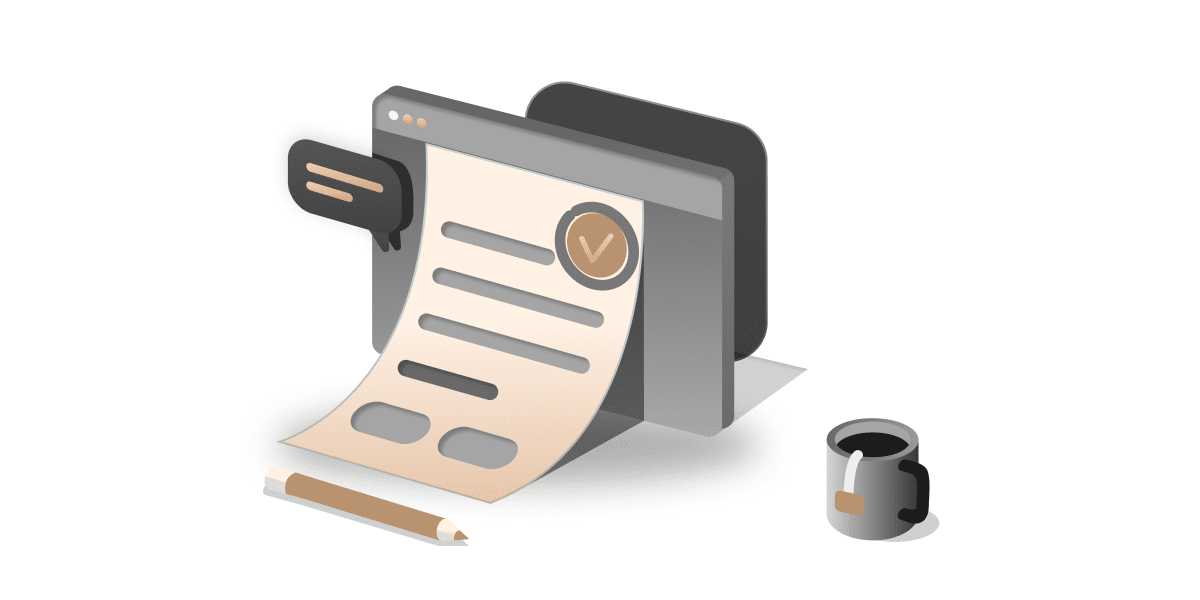What is a financial portfolio?

What is a financial portfolio?
A financial portfolio is a collection of investments or financial assets held by an individual, investment company, financial institution or hedge fund.
Key takeaways
A financial portfolio is a collection of investments and financial assets—including stocks, bonds, mutual funds, cash equivalents, gold, and property—held by individuals or institutions to generate returns meeting or exceeding expectations.
Portfolio diversification, particularly important for first-time investors, involves spreading investments across different asset classes and sectors—the GICS model divides the economy into 10 sectors including energy, utilities, financials, and technology.
Portfolio management takes two forms: passive management tracks market indices, while active management attempts to beat market returns through research-based investment decisions and individual holdings selection.
Investors should consider their risk tolerance when building portfolios, as risk-tolerant investors may favor small-cap growth stocks and international opportunities while conservative investors prefer index funds and large-cap value stocks.
Eight portfolio types exist to match different investor needs: balanced, aggressive growth, conservative, value, index, sector, opportunistic, and fixed income portfolios, each with distinct asset allocations and objectives.
This grouping of financial assets can include everything from gold and property to stocks, bonds and cash equivalents. In essence, an investment portfolio acts as a big briefcase carrying all of these financial assets.
Key highlights
A financial portfolio is a collection of financial investments held by an individual or institution.
These types of portfolios typically include stocks, bonds, mutual funds and cash equivalents, among other types of investments.
The goal of a financial portfolio is to provide the investor with a return on their investment that meets or exceeds their expectations.
Managing a financial portfolio
The art of mixing and matching investments and assessing the balancing risk against performance for individual and institutional investors is referred to as portfolio management.
In portfolio management, strengths, weaknesses, opportunities and threats are determined in a bid to maximise return at the given risk level. Portfolio management can take two forms: passive and active.
Passive management (also known as indexing or index investing) involves simple tracking of a market index, whilst active management involves attempting to beat the market return by managing portfolios based on investment research and decisions on individual holdings.
Portfolio diversification
One of the key recommendations – particularly for first-time investors – is to diversify their portfolio. This way investment funds are diversified into different types of companies in a bid to avoid losing one’s entire net worth as a result of investing everything into a single type of stock.
A diversified portfolio balances out the risks, protecting against sudden drops in the value of a single investment, unexpected events in a given sector or region and poorly performing investments in general.
A diversified portfolio is split across a range of different asset classes and sectors, with investors often referring to the global industry classification standard (GICS) as a model for diversification. The GICS approach divides the economy into 10 different sectors: energy, utilities, financials, materials, industrials, healthcare, consumer staples, information technology, telecommunication services and consumer discretionary. Comparing the P/E ratio of different stocks is another common method of stock analysis and selection.
Types of financial portfolios
When developing a portfolio, it’s very important that the investor takes into account their risk tolerance to determine which assets they will be better suited to.
For example, a risk-tolerant investor might prefer adding small-cap growth stocks to aggressive large-cap growth stock positions alongside international investment opportunities, a conservative investor might prefer to build a portfolio with broad-based market index funds and large-cap value stocks.
There are a number of different types of financial portfolios that a trader can choose from depending on their needs, these include:
Balanced portfolio – typically consists of a mix of stocks, bonds, and cash in order to achieve a balance between growth and stability.
Aggressive growth portfolio – is generally composed of a significant portion of stocks, with a smaller portion of bonds and cash.
Conservative portfolio – consists mostly of bonds and cash, with only a small portion of stocks.
Value portfolio – focuses on undervalued stocks that have the potential to appreciate over time.
Index portfolio – is made up of a selection of securities that track a particular market index, such as the S&P 500 (US500).
Sector portfolio – is composed of investments in a single sector, such as energy or technology.
Opportunistic portfolio – is made up of investments that are expected to outperform the market.
Fixed income portfolio – consists of investments in bonds and other fixed income investments.
Conclusion
A financial portfolio is a collection of investments and other financial assets, such as stocks, bonds, mutual funds, and cash equivalents. There are numerous types of portfolios an investor can choose from, taking into account their risk tolerance and management style, as well as other factors.
FAQs
What is a financial portfolio in simple terms?
A financial portfolio is a collection of investments held by an individual or organisation. It typically includes stocks, bonds, cash, mutual funds, and other investments.
What does a good portfolio look like?
What constitutes a good portfolio can vary depending on the needs and preferences of the investor. However, the aim of a portfolio is to diversify risk and generate returns, so one that was achieving these objectives could be considered successful.
What are the types of portfolios?
There are numerous types of portfolios, these include but are not limited to; balanced portfolios, aggressive growth portfolios, value portfolios and index portfolios.